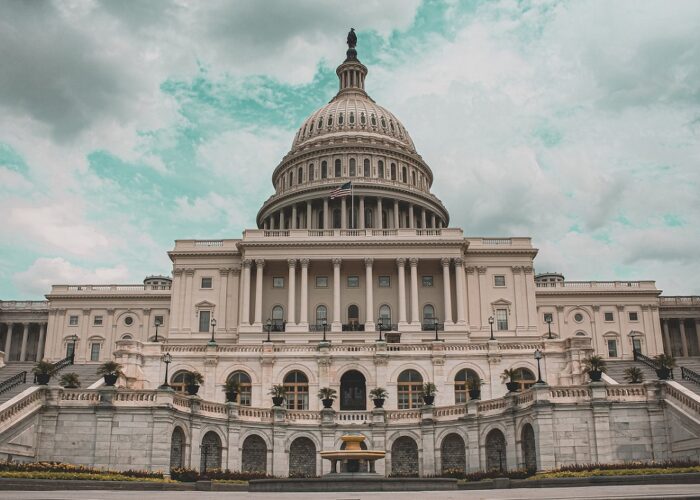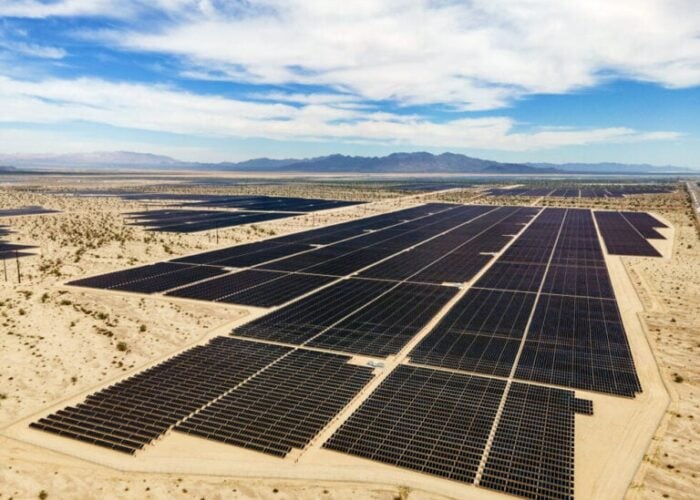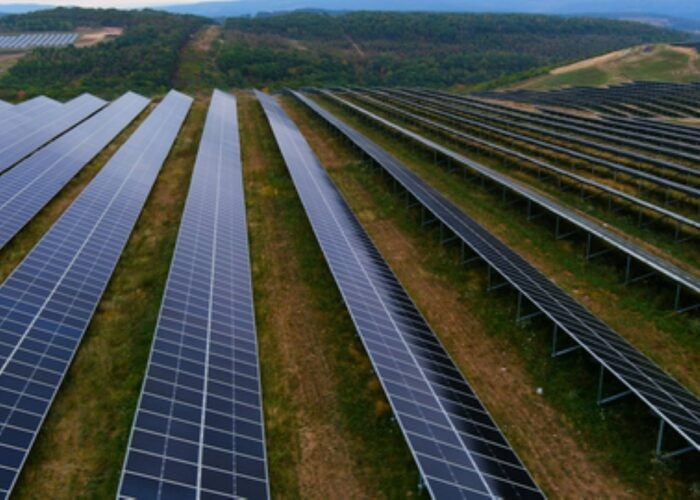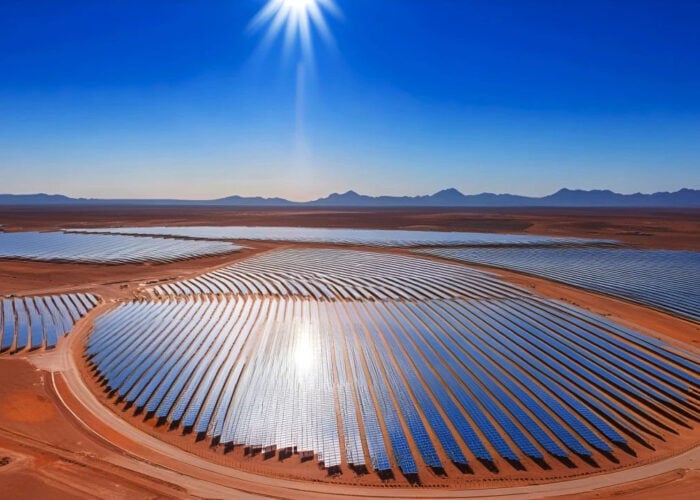
“India must find new trading partners,” Vibhuti Garg, director, South Asia at the Institute for Energy Economics and Financial Analysis (IEEFA), an international think tank focused on energy market told PV Tech Premium, urging the industry to explore alternative markets beyond the US and calling on the government to step in and mitigate export risks on their behalf.
Recently, US president Donald Trump announced a 25% tariff on all imports from India starting 1 August 2025. He warned that a further 25% tax could follow as India continues to import crude oil from Russia. Additionally, the US Department of Commerce has launched antidumping (AD) and countervailing duties (CVD) investigations into crystalline silicon PV cells from India, Indonesia and Laos.
Try Premium for just $1
- Full premium access for the first month at only $1
- Converts to an annual rate after 30 days unless cancelled
- Cancel anytime during the trial period
Premium Benefits
- Expert industry analysis and interviews
- Digital access to PV Tech Power journal
- Exclusive event discounts
Or get the full Premium subscription right away
Or continue reading this article for free
The move follows a petition by the Alliance for American Solar Manufacturing and Trade, which counts First Solar, Mission Solar, Qcells and Talon PV among its members, to crack down on perceived antidumping from overseas manufacturers.
Preliminary dumping margins were set at 123.04% for India, 94.36% for Indonesia and 123.12%-190.12% for Laos. US imports of solar cells from the three countries surged between 2022 and 2024, led by India at 2.3GW last year.
‘No way we can survive’
Shedding light on India’s present predicament, Garg said, “If 50% tariff becomes a reality along with AD/CVD, I think there’s no way we can survive. Not only for solar manufacturing, but many other industries will fail. They’ll still be able to trade, but the overall cost will go up.”
Cementing this notion, Vinay Rustagi, director at Premier Energies, added: “After the imposition of the first 25% tariffs, Indian solar manufacturers are already struggling to compete with imports from Indonesia and Laos. But if the other 25% tariff comes in by the end of this month, as is currently proposed, then India will be completely outpriced.”
Although both experts call for a wait-and-watch approach to the AD/CVD investigation, they agreed it would add further pressure on the industry.
“The US is a significant market for Indian solar manufacturers,” Rustagi noted. “The tariffs and the US investigation in response to the antidumping and CVD petition have added massive uncertainty for the export prospects in the US market.”
Furthermore, Garg said that India relies on the Global North for R&D, and losing access to the US market could force the country to seek other developed nations for tech know-how to stay competitive.
“India, on its own, does not invest in R&D,” she added. “It does not come up with high-quality products and really relies on technology innovation from Global North. In such a situation, I think losing a big trading partner like the US will also kind of limit India’s access to innovative technologies.”
Mitigation and the way forward
The experts agree that India must diversify its markets to reduce its heavy dependence on the US and explore alternative trading partners. Expanding into different regions can help Indian manufacturers maintain competitiveness and mitigate risks from US tariffs and trade restrictions.
“I think free trade agreements (FTA) with the UK and other European countries could be beneficial,” Garg said. “Beyond that, India should pursue concrete supply agreements or FTAs with African nations and leverage platforms like the International Solar Alliance (ISA).”
“With over 130 member countries, ISA – led by India and France – offers a key channel for deploying products in Africa. Indian manufacturers should have strong representation there, and more bilateral agreements need to be signed.”
Echoing her, Rustagi added: “The industry, along with the government, must explore alternative markets – Africa, Europe, the Middle East. The government has additional levers through India’s role in ISA, developmental aid in Africa and Latin America, export finance and bilateral trade treaties to promote Indian exports.”
Furthermore, Garg noted that some Indian companies, rather than exporting the assembled product, were exporting parts separately. “I think that’s one way. I don’t know if the government will realise that soon, because these duties are on the assembled parts, not the individual parts. I’m not sure if this strategy will work long-term, but for now, some are doing it.”
Where does India stand?
Despite the looming shadow of tariffs and AD/CVD enforcement, India’s domestic solar supply chain remains strong, with rapid development across cell, wafer and polysilicon manufacturing.
Rustagi is of the view that “the overall outlook for India’s solar industry is extremely positive, both in domestic deployment and manufacturing. The cell supply ecosystem is expanding rapidly, with ambitions to achieve full backward integration into ingots, wafers and polysilicon.”
“New solar technologies like back-contact and perovskite are being indigenised through joint R&D initiatives, creating a dynamic and optimistic industry environment despite US export uncertainties.”
Still bullish, Garg added that India will meet its internal target of achieving 500GW of non-fossil fuel capacity by 2030. “There is a lot of internal demand, which can be a cushion for them in the short term, but in the long run, they will have to diversify their trading partner and with the US, I do feel this, there’s still some scope for discussion, and those discussions are happening.”
Earlier this year, India surpassed the 100GW milestone of cumulative installed capacity, becoming the fourth-largest global market for PV installations. Similarly, domestic solar module manufacturing capacity has soared to over 100GW, up from just 2.3GW in 2014.






